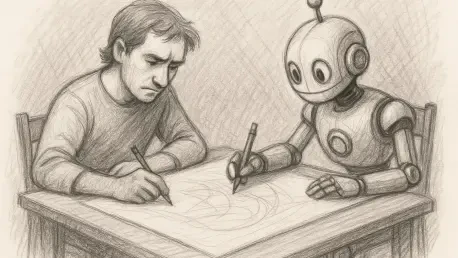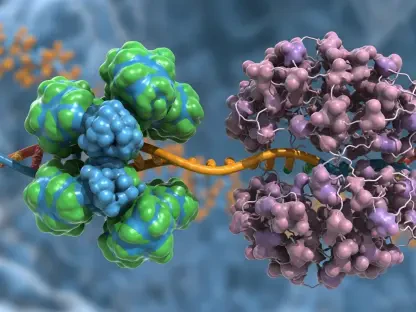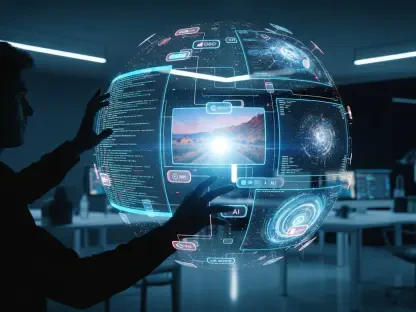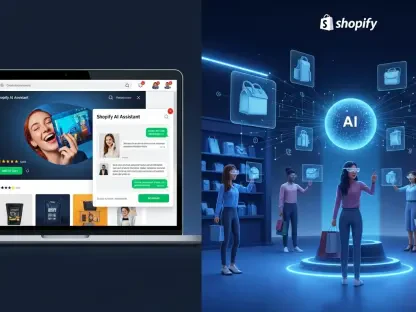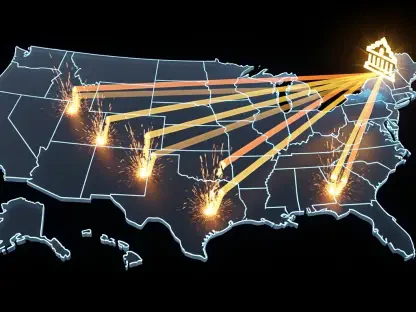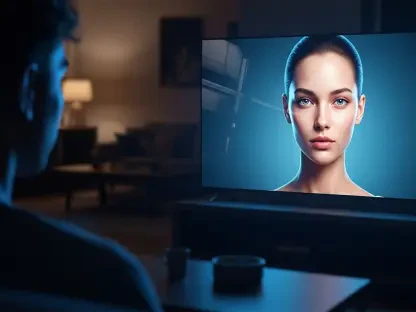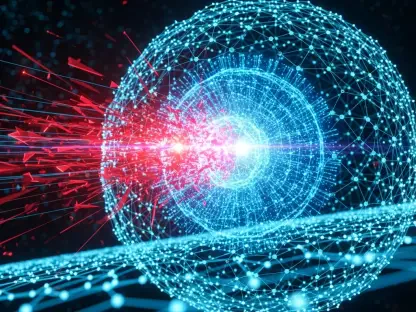In the intersection of technology and creativity, Laurent Giraid stands as a luminary in the field of Artificial Intelligence, with a particular focus on machine learning, natural language processing, and the ethical considerations of AI. We dive into SketchAgent, a breakthrough AI model transforming how machines interpret and express visual ideas. Unlike traditional AI drawing models, SketchAgent is designed to emulate human sketching, offering a novel, stroke-by-stroke approach that opens up new avenues for human-AI collaboration.
What inspired the creation of SketchAgent, and how does it differ from traditional AI drawing models?
The inspiration behind SketchAgent was to address a gap in how AI interprets and executes visual creativity. Traditional AI models focus on generating realistic images or stylized art, but they often miss the iterative nature of sketching, a key element in human problem-solving and ideation. SketchAgent was conceived to replicate this process, making it more aligned with human thinking and interaction during the sketching process.
Can you explain the process and mechanics behind how SketchAgent converts natural language prompts into sketches?
SketchAgent employs a multimodal language model, which is fascinating because it integrates both text and images to translate natural language prompts into sketches. This system interprets a given prompt and converts it into a series of strokes that form a cohesive image. Essentially, the AI thinks in strokes, much like how humans incrementally build a sketch.
How does SketchAgent’s stroke-by-stroke approach enhance the sketching process compared to other AI models?
The stroke-by-stroke method allows for a more dynamic and flexible sketching process. This approach means each stroke affects the entire composition, fostering an organic flow of creativity that can be adjusted mid-process, just like in human sketches. It brings us closer to genuine collaboration between humans and AI, where the machine’s contributions can be seamlessly integrated into the human artist’s vision.
What challenges did you face in teaching SketchAgent to sketch without relying on traditional human-drawn datasets?
Teaching SketchAgent to sketch without pre-existing human-drawn datasets was quite challenging. The model had to learn sketching from scratch, using a novel ‘sketching language’ to create strokes in meaningful sequences. This required developing a unique method of labeling and understanding strokes, helping the model generalize and apply its learning to new and varied concepts.
Could you describe the ‘sketching language’ that was developed for SketchAgent? How does it help the model generalize to new concepts?
The ‘sketching language’ acts as a framework where each sketch is broken down into a numbered sequence of strokes. This systematic approach transforms complex images into manageable tasks, enabling the model to understand and generalize sketching across different subjects. By labeling each stroke, such as categorizing a specific line as a ‘door’ or ‘roof’, the model can apply similar principles to unfamiliar concepts.
How did you ensure that SketchAgent could collaborate effectively with humans during the sketching process?
Ensuring effective human-AI collaboration involved designing SketchAgent to not just operate independently but to complement and enhance human input. By allowing both the AI and the user to contribute iteratively to the sketch, each party’s strengths are leveraged to produce more cohesive and innovative outcomes, particularly in draft and concept phases.
What role does the Claude 3.5 Sonnet model play in SketchAgent, and why was it chosen over other models like GPT-4o and Claude 3 Opus?
Claude 3.5 Sonnet was selected for its superior ability to process and generate visual-information compared to other models. It was crucial to pick a model that understands the nuances of visual creativity in a way that aligns with human perception. Its performance in generating human-like vector graphics reinforced its suitability for SketchAgent’s goals.
How did you assess the success of SketchAgent’s sketches in terms of human recognition and similarity to human efforts?
We evaluated SketchAgent’s success through both qualitative and quantitative measures. Tests involved comparing AI-generated sketches with human-drawn ones for recognizability and aesthetic quality. Feedback from users regarding how closely the sketches met their intentions and how intuitive the collaborative process felt were crucial indicators of its efficacy.
What are the current limitations of SketchAgent in generating professional-level sketches, and how do you plan to overcome them?
Currently, SketchAgent excels in simple doodles and quick ideations but struggles with complex, detailed works like logos and intricate figures. Overcoming these limitations will involve enhancing the model’s stroke capacity and refining its learning processes to handle more intricate designs with precision.
How do you see SketchAgent evolving to include more complex sketches like logos or detailed figures?
Looking ahead, I see SketchAgent expanding its artistic vocabulary by incorporating more advanced algorithms and integrating feedback loops from professional artists. This will improve its precision and ability to handle complex features, providing increased utility in professional design settings.
What potential applications do you foresee for SketchAgent in educational or professional settings?
SketchAgent holds immense potential in educational contexts as a tool for visual learning and hands-on practice in art and design. In professional settings, it could serve as an ideation tool, shortening the creative process by bridging the gap between textual descriptions and visual concepts.
How could SketchAgent change the way users interact with AI models beyond traditional text-based communication?
By facilitating a more visual and intuitive interaction, SketchAgent can shift AI collaboration from text-centric exchanges to a more integrated creative process. This could open up new channels for artistic and non-verbal interfaces, making AI interaction more accessible and engaging.
What were some surprising or unexpected findings during the development of SketchAgent?
One unexpected discovery was the AI’s ability to generate creative solutions that were unprompted yet effective, showcasing an emergent form of creativity beyond explicit programming. These moments highlighted the potential for AI to surprise even its creators with novel artistic expressions.
How did you handle instances where SketchAgent misunderstood user intentions or made errors, like drawing a bunny with two heads?
We approached these errors by enhancing model feedback mechanisms and refining its understanding of contextual cues to better interpret user intentions. Such quirks are reduced through continuous iteration and engagement with human collaborators to ensure outputs meet expectations.
What are your plans for refining SketchAgent’s interface and interaction to make it more accessible for users?
Improving the interface will focus on intuitive design, making it easier for users to express ideas visually with minimal friction. This involves revisiting and enhancing interactiveness and simplifying steps to make the collaboration as seamless as possible for a range of users, from novices to experts.
How does the collaborative process with SketchAgent result in more aligned final designs between humans and AI?
The collaborative model promotes alignment by allowing humans to guide and modify AI contributions, enabling a fluid exchange of ideas. This creates a dynamic synergy where both human intuition and AI precision come together to refine and perfect the final design.
Could you discuss the support and funding that contributed to the development of SketchAgent?
SketchAgent benefited significantly from funding by a variety of sources, including the U.S. National Science Foundation and partnerships like the Hyundai Motor Co. and the U.S. Army Research Laboratory. Such support was instrumental in driving technological advancement and research.
What future advancements do you envision for SketchAgent, and how might it influence the broader field of AI-generated art?
In the future, SketchAgent could set a new standard for AI-generated art by further blurring the lines between human creativity and machine efficiency. By expanding its capabilities, it may influence design processes across industries, enabling more dynamic and collaborative art creations.
